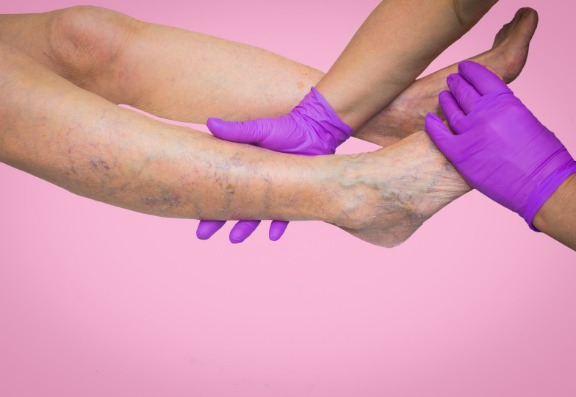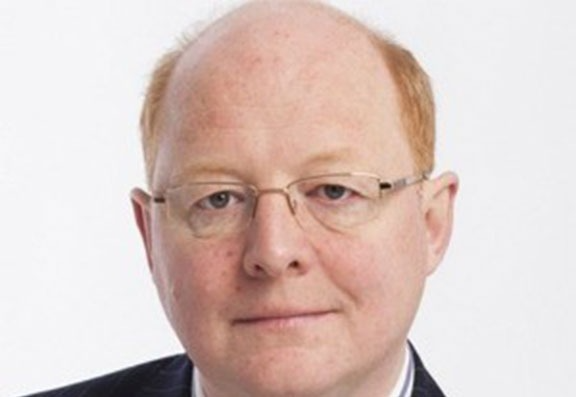
11
Sep
2012
Varicose veins are a common disorder affecting 30 percent of the population at some stage in their lives. The spectrum of vein disorder ranges from the minimal ‘spider veins’ which are of purely cosmetic significance, to moderate veins that cause aching, swelling and discomfort, up to massively enlarged superficial veins causing severe venous skin change and ulceration. Restrictions in veins treatment on the NHS mean that for many patients the only curative option is now within the private sector.
Treatment of varicose veins has undergone a revolution in the past 10 years. The old ‘high tie and strip’ operation with significant risks of wound infections, post-operative discomfort for 6 weeks and a 30% recurrence rate has been replaced by several ‘minimally invasive options such as Endovenous lasers, VnUS closure and the latest Clarivein procedure.
The advantages of minimally invasive treatment include the lack of any big incisions in the leg - all the new techniques have the advantages of being ultrasound-based, so there is no need to make a cut in the patient’s groin – access to the refluxing vein is gained via a 2mm nick in the skin at knee level. The varicose vein is destroyed using the heat of the laser rather than stripping it out.
Once the bruising has settled there are no residual scars. Most of the minimally invasive techniques can be done under Local anaesthesia unless the patient prefers a general anaesthetic.
Clarivein – the latest advance in treatment:
The only downside of using a laser or the radiofrequency VnUS closure technique is that because both of these operations destroy the main varicose vein by using locally applied heat, it is necessary to surround the vein with saline and local anaesthetic to protect the surrounding structures and reduce pain.
To do this quite a lot of fluid is injected along the track of the vein from the groin to the knee and this can be a bit uncomfortable for the patient. Although less painful than a high tie and strip there are still a few days of post-op pain for the patient after lasering.

How is Clarivein different?
The Clarivein device is inserted in the leg in the same way as the laser via a tiny nick in the skin around the knee. The catheter is passed up the saphenous vein to the groin under ultrasound control and positioned at the sapheno-femoral junction. The surgeon then presses the trigger on the device handle which starts the end of the catheter inside the vein rotating at approximately 3,500 rpm. The rotating wire scratches the inside of the vein and makes it go into spasm. The catheter is then slowly withdrawn back down the vein and the surgeon injects a drug called Fibrovein as the catheter is being withdrawn.
The combination of the mechanical disruption and the chemical irritation causes the saphenous vein to block in much the same way as after a laser or VnUS closure procedure. As there is no heat generated during the procedure the surgeon doesn’t need to inject lots of local anaesthetic around the vein and the procedure is almost completely painless, as is the post-operative period. The latest follow-up data suggest that the outcomes at 2 years after Clarivein are as good as lasering and other techniques in terms of effectiveness at sealing the vein.
If you want to read more, the experts at Consulting Room really know what they're talking about and have put together some Varicose veins, spider veins, EVLA laser treatment and scarring FAQs just for you.
If you have more questions, you can use the Varicose veins, spider veins, EVLA laser treatment and scarring questions feature to talk to our panel of trained medical experts.
If you're keen to get started with any of these treatments right away then you're in luck - those clever folks also have a list of trusted, accredited Varicose veins, spider veins, EVLA laser treatment and scarring clinics in your area.
Many thanks to the author of this blog Eddie Chaloner who is is a Consultant Vascular Surgeon practising in the UK.
Chaloner pioneered endovenous laser surgery treatment for varicose veins in the UK, which has revolutionised the treatment of this common condition worldwide. In 2003 he was the first surgeon in London and the South of England to use laser surgery to treat veins.
He frequently lectures and teaches on the subject of minimally invasive vein surgery and is a faculty member on a variety of training programmes including for theRoyal College of Surgeons of England, the Charing Cross International Vascular Symposium and the Venous Forum of the Royal Society of Medicine. He is also a member of the Vascular Society and of the Royal Society of Medicine.

From facials, to peels, to tweakments - we ask the experts how to get the bro glow…
This is everything you need to know about choosing the right Microsclerotherapy Sclerosant in 2024...
If your skin is ageing faster than your mind, we hear you, and so does the Morpheus8 treatment...
Hey, wait!
Before you go.....
Let's stay in touch, pop your details here and we'll send our editor's hand-picked updates on your fave subjects.